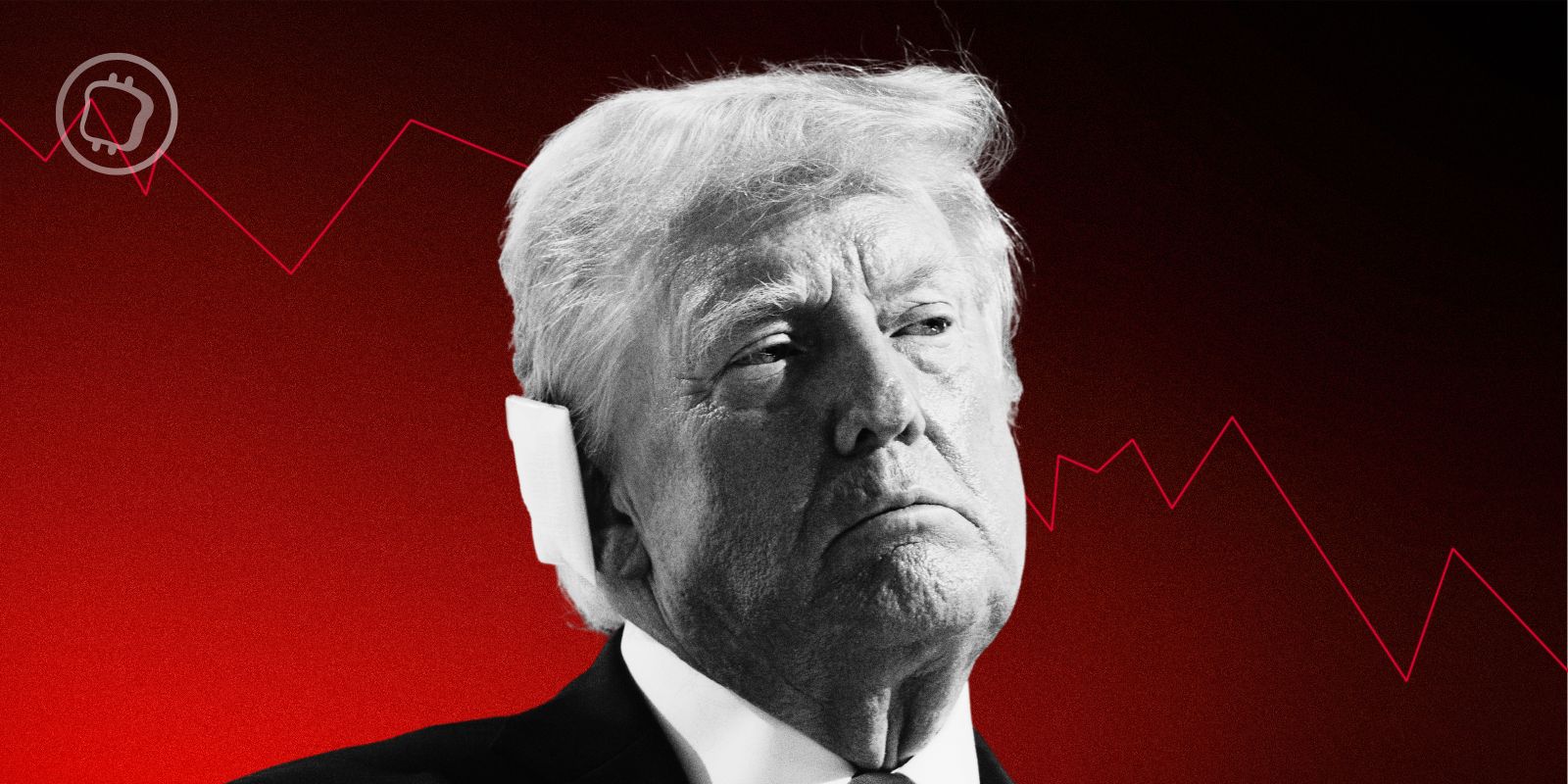A compromise with the banks. The Basel Committee, which was held within the Bank for International Settlements (BIS), has just established its prudential standards with regard to the cryptocurrency reserves of commercial banks. These will be able to hold 2% of their reserves in cryptocurrencies.
The Basel Committee rules on banks’ cryptocurrency reserves
The Basel Committee announced these new risk management standards for commercial banks. The latter will now be able to hold 1% of their Tier 1 capital in cryptocurrencies, and up to 2% for their Tier 2 capital. As several commentators have pointed out, this could represent at current prices up to 3,000 billion dollars.
But these prudential standards will not apply until January 2025. Suffice to say that the cryptocurrency (or even banking) sector has time to evolve by then. We also recall that the BRI had set the threshold at 1% last summer, but only for certain players. So it can be seen as a sign of progress for the Basel Committee.
But not enough ? commercial banks would have liked a higher share, at 5%. But since then, the Terra (LUNA) and FTX affair has unsurprisingly aroused a reaction of mistrust from institutions and regulators, which certainly played into this decision. It is this aspect of risk management that is underlined by the governor of the central bank of Canada, Tiff Macklem, who explains it in the press release:
“ The decision made today […] marks an important step in creating a global regulatory base to mitigate the risks posed by crypto-assets for banks. »
👉 To go further – Banks would only be exposed to 0.01% to cryptocurrencies, according to the first study on the subject
The best way to secure your cryptocurrencies 🔒
🔥 The world leader in crypto security

A new classification of crypto-assets
The Basel Committee has also established a classification of crypto-assets, which are separated into two groups. Group 1 brings together traditional tokenized assets, as well as those that have stabilization mechanisms – that is, roughly speaking, stablecoins. In group 2, we find the other types of cryptocurrencies.
What can be learned from these new prudential standards is also the place now given to cryptocurrencies – even if limited. This tends to further separate central bank digital currencies (MNBC) and “classic” cryptocurrencies including stablecoins. What this means is that central banks as well as commercial banks are well aware that the two types of assets do not play in the same courtand therefore both potentially have a place in tomorrow’s banking system.
👉 More about this – What is a central bank digital currency (MNBC)?
Progress in the world of cryptocurrencies with Cryptoast experts 📘

Source: Basel Committee, Bank for International Settlements
Newsletter 🍞
Receive a summary of crypto news every Monday by email 👌
What you need to know about affiliate links. This page presents assets, products or services relating to investments. Some links in this article are affiliated. This means that if you buy a product or register on a site from this article, our partner pays us a commission. This allows us to continue to offer you original and useful content. There is no impact on you and you can even get a bonus by using our links.
Investments in cryptocurrencies are risky. Cryptoast is not responsible for the quality of the products or services presented on this page and could not be held responsible, directly or indirectly, for any damage or loss caused following the use of a good or service highlighted in this article. Investments related to crypto-assets are risky by nature, readers should do their own research before taking any action and only invest within the limits of their financial capabilities. This article does not constitute investment advice.
AMF recommendations. There is no guaranteed high return, a product with high return potential involves high risk. This risk-taking must be in line with your project, your investment horizon and your ability to lose part of this savings. Do not invest if you are not ready to lose all or part of your capital.
To go further, read our Financial Situation, Media Transparency and Legal Notices pages.










